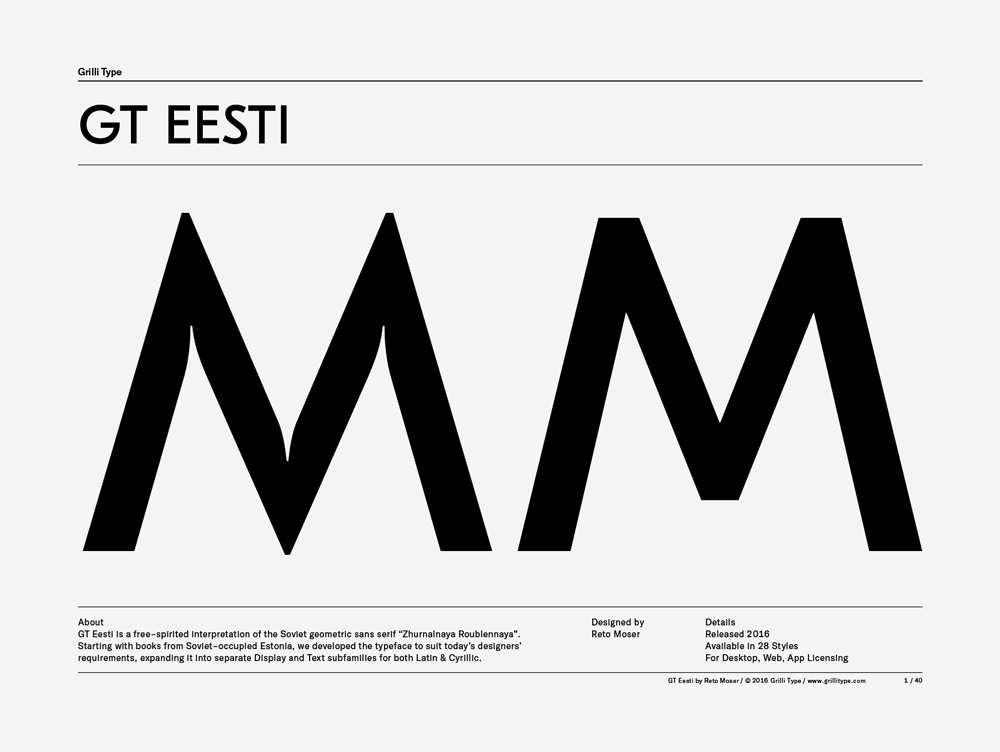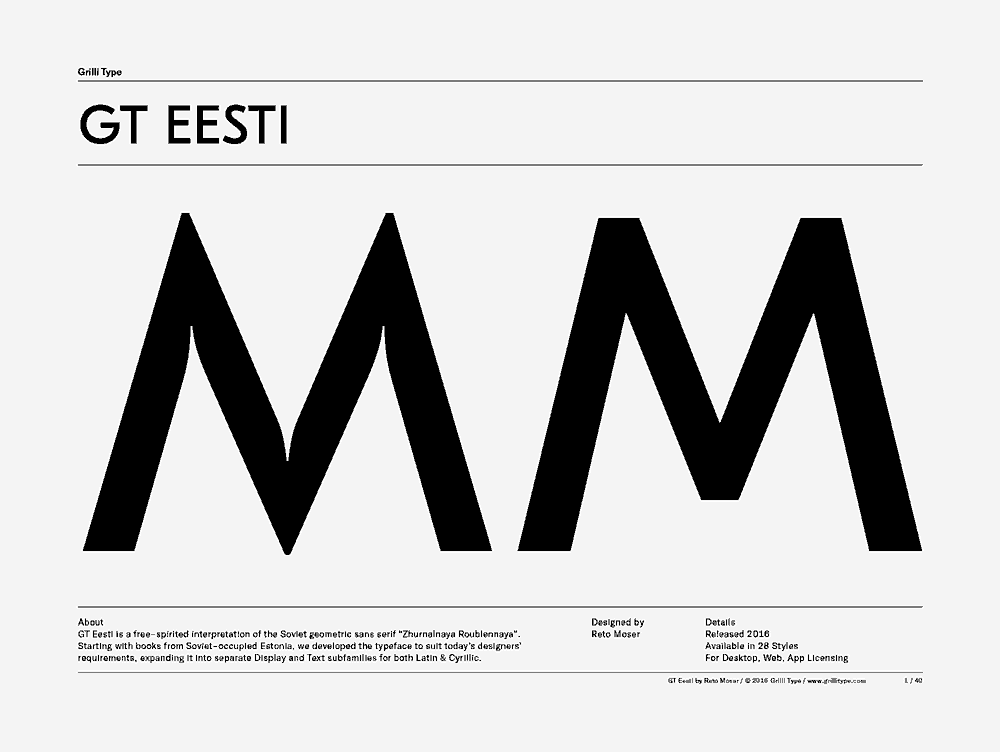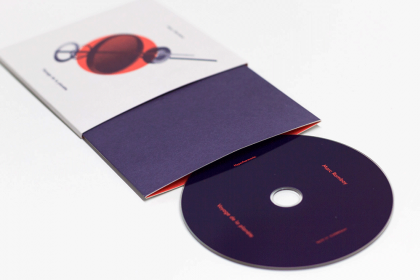GT Eesti
Family overview
- Text
- Ultra Light Italic
- Thin Italic
- Light Italic
- Book Italic
- Regular Italic
- Medium Italic
- Bold Italic
- Display
- Ultra Light Italic
- Thin Italic
- Light Italic
- Regular Italic
- Medium Italic
- Bold Italic
- Ultra Bold Italic
Subfamilies
- Text Ultra LightРаквере в русских летописях Раковор, немецкое название Везенберг город на севере Эстонии, административный центр уезда Ляэне-Вирумаа, шестой по величине и по численности населения город Эстонии.
- Text Ultra Light ItalicMaardu on linn Harjumaal Muuga lahe kaldal, mis ulatub Maardu järvest Pirita jõeni; piirneb Viimsi ja Jõelähtme vallaga. Linnas elab üle 17,000 inimese.
- Text ThinТарту город на реке Эмайыги, второй по численности населения после Таллина город Эстонии, уездный центр.
- Text Thin ItalicПалдиски (эст. Paldiski), исторические названия Рогервик (швед. Rågervik), Балти́йский порт, Ба́лтиски (эст. Baltiski) — город в Эстонии, порт на берегу Финского залива.
- Text LightNarva on linn Eesti kirdeosas Ida-Viru maakonnas Narva jõe alamjooksul. Narva on suuruselt Eesti kolmas linn Tallinna ja Tartu järel ning suurem kui 50 km kaugusel asuv maakonnakeskus Jõhvi. Ta on Eesti linnadest idapoolseim.
- Text Light ItalicKiviõli is an industrial town in Ida-Viru County, Estonia. The settlement was founded in 1922 and became a town in 1946.
- Text BookКивиыли город в северо-восточной части Эстонии в уезде Ида-Вирумаа. Является самостоятельным городским муниципалитетом и не входит в состав какой-либо волости.
- Text Book ItalicКунда город на севере Эстонии, в уезде Ляэне-Вирумаа. По городу получила название кундская культура эпохи мезолита.
- Text RegularElva on linn Eestis Tartumaal. Elva linna koosseisu kuulub linnast eraldiasetsev Peedu asula, aga Elva linnaga kokku kasvanud Käärdi alevik kuulub halduslikult Rõngu valda. Samuti eristub ülejäänud linnast teispoole Elva jõge jääv Mahlamäe elamurajoon.
- Text Regular ItalicSindi on linn Pärnu maakonnas Pärnu jõe vasakul kaldal jõe ning Lanksaare raba vahelisel tasandikul 14 km kaugusel Pärnust. Sindi linnapea on Marko Šorin.
- Text MediumElva on linn Eestis Tartumaal. Elva linna koosseisu kuulub linnast eraldiasetsev Peedu asula, aga Elva linnaga kokku kasvanud Käärdi alevik kuulub halduslikult Rõngu valda. Samuti eristub ülejäänud linnast teispoole Elva jõge jääv Mahlamäe elamurajoon.
- Text Medium ItalicMaardu is a town and a municipality in Harju County, Estonia. It is part of Tallinn metropolitan area. The town covers an area of 22.76 km² and has a population of 16,529.
- Text BoldНарва третий по численности населения город Эстонии, преимущественно русскоязычный, самый крупный город уезда Ида-Вирумаа.
- Text Bold ItalicKiviõli on linn Ida-Viru maakonnas. Linn on rajatud 1922. aastal, linnaõiguse sai ta 1946. aastal. Aastatel 1957–1991 kuulus Kiviõli Kohtla-Järve linna koosseisu.
- Settings
Typeface information
GT Eesti is a free-spirited interpretation of the Soviet geometric sans serif “Zhurnalnaya Roublennaya”. Starting with books from Soviet-occupied Estonia, we developed the typeface to suit today’s designers’ requirements, expanding it into separate Display and Text subfamilies for both Latin & Cyrillic.
Typeface features
OpenType features enable smart typography. You can use these features in most Desktop applications, on the web, and in your mobile apps. Each typeface contains different features. Below are the most important features included in GT Eesti’s fonts:
- SS01
- Circular dots
Österreich?!
- SS02
- Compact accents
RÜCKWÄRTS
- SS03
- Historical “ß”
Weisestraße
- SS04
- Alternate “w” and “v”
- (Text version only)
Privatweg
Typeface Minisite
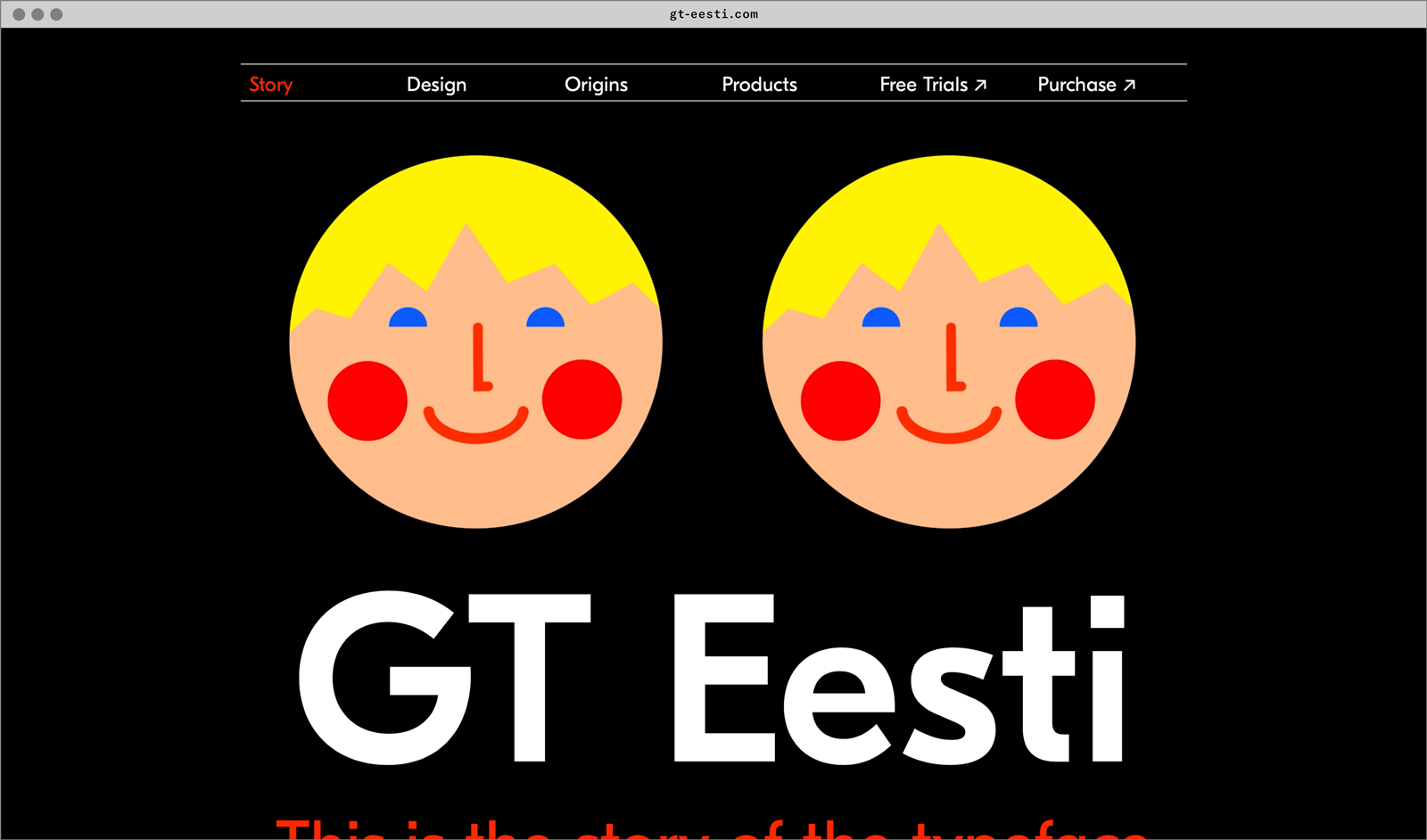
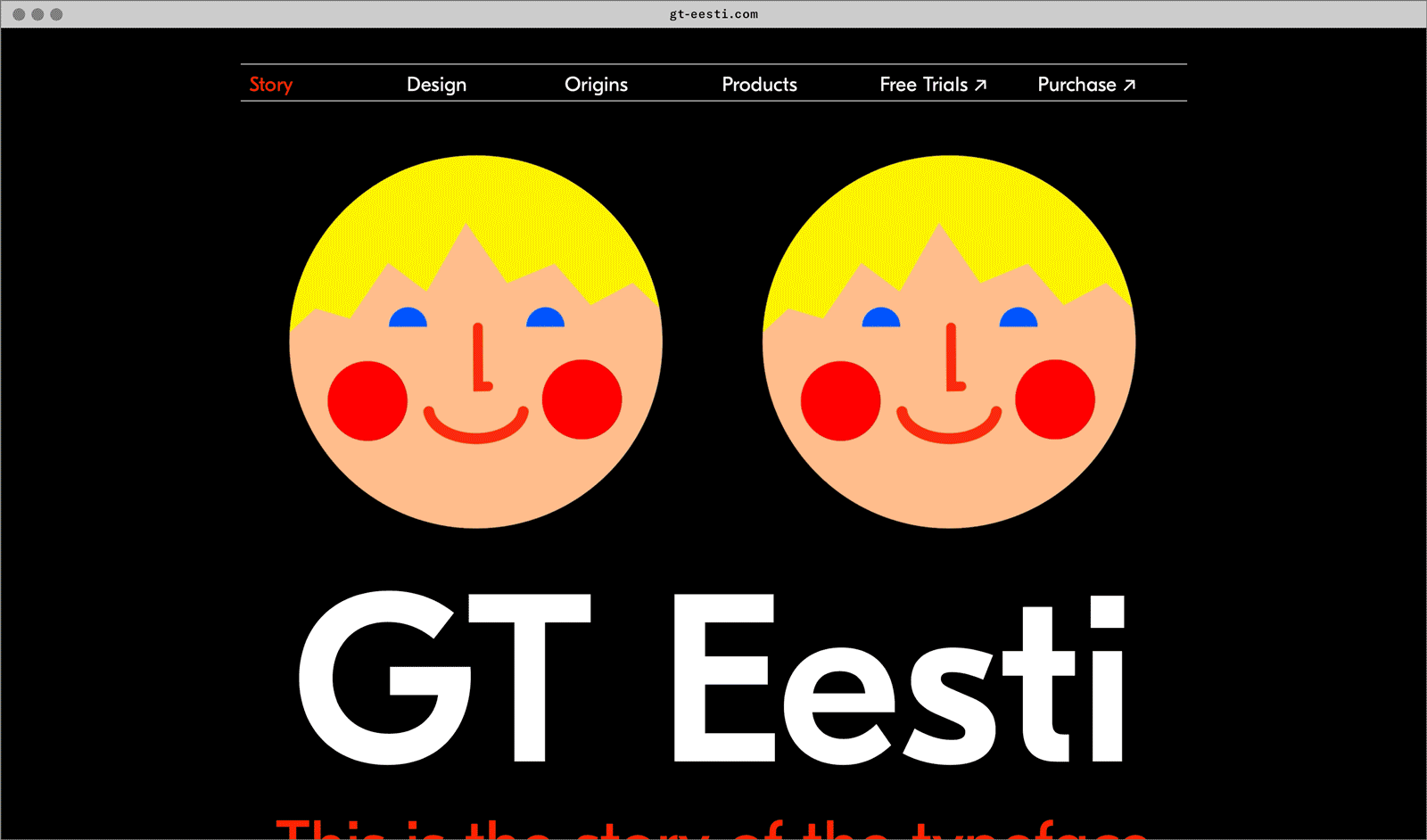
- Visit the GT Eesti minisite to discover more about the typeface family’s history and design concept.
GT Eesti in use
